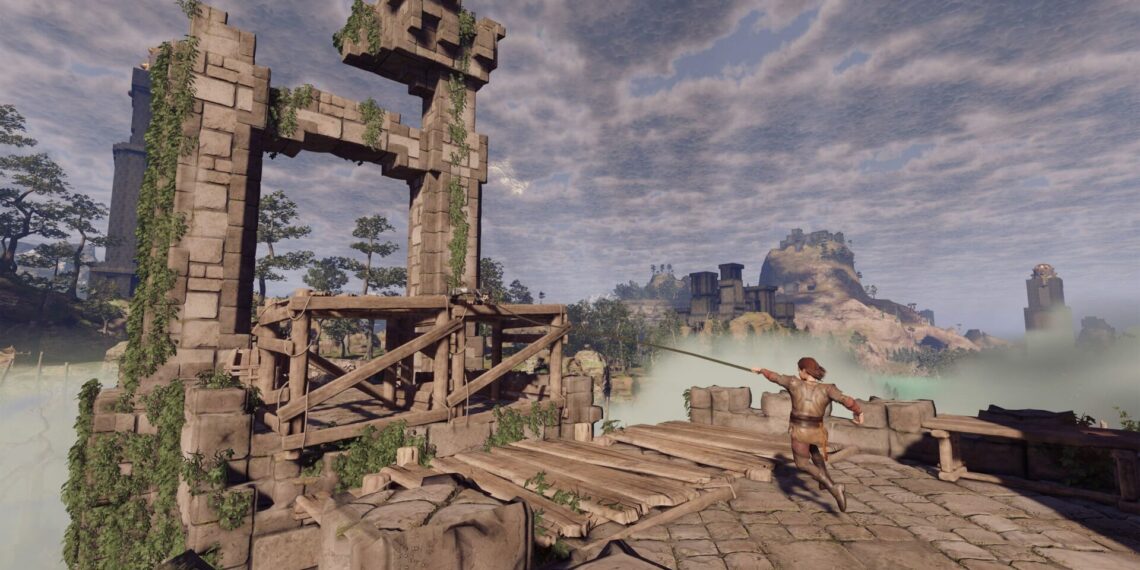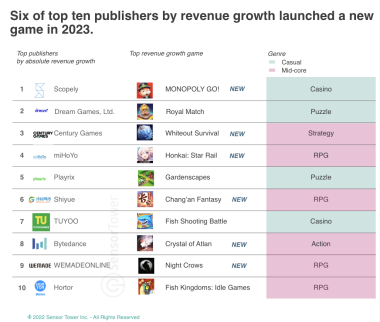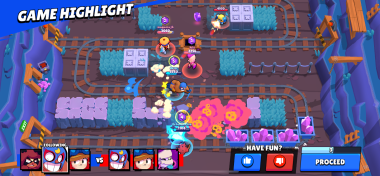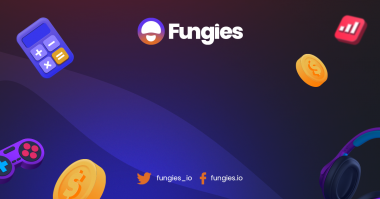The last five years have witnessed the beginning of a revolution in the gaming arena. After last months’ crypto price fluctuations, crypto gaming still stands firm, with millions of users embracing its success. With the pandemic encouraging more people to stay at home, Ethereum broke past $3,000, and Axie Infinity is nothing massive price growth in the last months. It proved again the future of gaming smells like blockchain.
Whatever the momentary turbulences, digital currencies have immensely gained meaning in the world of gamers. For some, they are no longer just entertainment – they have become a multi-million-dollar industry. And yet, this has not come out of nowhere.
The short history of crypto
The beginning of crypto
In technology, various teams often develop similar solutions working independently around the world until a leader breaks through and takes the floor. The same was true for cryptocurrencies. There have been many attempts to create a meaningful digital coin. Bitcoin conquered the Internet in 2009 and has become the first generation of cryptocurrency. It shuffled the cards in the financial market, which was already shaken by the 2008 crisis. For some time, it reigned alone. Investments in blockchain have been steadily rising since 2013 until the turn of 2017 and 2018 when the second generation cryptocurrency came to life – the Ethereum. Suddenly, the crypto investments skyrocketed. All thanks to smart contracts – sophisticated technology that enabled users to create tokens. These are anything digital you can think of – sound, image, a piece of art –something that can be reproduced as a multimedia file. Everyone has become capable of creating crypto assets in a few clicks.
The future of crypto
The fast-growing platforms based on the blockchain protocol, like Bitcoin and Ethereum, have paved the way for the success of other cryptocurrencies. The largest crypto by trade volume and the fourth in ranking by market cap is now Binance Coin (BNB). Each trending cryptocurrency has the potential over another, and we can already notice third-generation cryptocurrencies like Cardano or Chia moving up the ranks.
Environmental concerns
New currencies try to offer a solution to one of the most painful problems of older cryptocurrencies – unsustainability. There’s been a lot of discussions recently about the environmental impact of Bitcoin. Despite the greener options still requiring advanced hardware or being at an early development stage, they could potentially become top competitors for Ethereum and Binance Coin in the future.
Adoption of blockchain in gaming
Beginnings – Gambit
The gaming industry has been one of the earliest adopters of blockchain – no wonder, as it offers the users possibilities like no other platform. The creation of a decentralized solution that would prevent the dependency of players on centralized entities was long-awaited. Before it has come to its fruition, we’ve seen attempts ending in not much more than a small group of players without considerable press coverage.
The games that saw some attention were Player-vs.-Player type, with one of the most popular websites called Gambit. With roots dating back to 2013, the PvP games featured popular classics we’ve seen elsewhere, like Monopoly. In the light of the poor balance between players’ interest and profitability for the game operator, the platform ended up as a fiasco.
Other attempts – Indie Games
After that came games like MinecraftCC, BitVegas, and BitQuest, which, as the names of the latter two suggest, run on Bitcoin. The open-source plugins enabled the use of cryptocurrency and provided payouts to active players. This, however, has mostly grown unsustainable. Only BitQuest evolved and is up and running still today.
The category that has grown the most successful at the time was Indie Games. They included MMO and RPG, with Dragon’s Tale and Hammercoin drawing attention. Due to Bitcoin not being attractive as a game currency, they’ve been slowly falling out.
Hope-giving mid-tiers
Huntercoin and Motocoin have been, in turn, the most similar to the blockchain games as we know them today. Launched in 2014, the games have been around for a while now and are still cryptocurrencies on their own.
For the first time, proof-of-gaming type of games has seen considerable success, and the players were able to cash out their collectibles. These games have laid the foundations of the crypto gaming industry and gave hope for success in the future.
Develop, decentralize, conquer
After the first games that run on Bitcoin saw the light of the day, Ethereum started to become a thing. It was the kick that crypto gaming needed. The network not only provided users with a decentralized platform but, by using NFTs (non-fungible tokens), enabled them to have actual ownership of the crypto collectibles.
As the in-game items that users gain by playing are distributed between them, blockchain has shown a massive advantage over the traditional gaming industry – it was no longer bound to a centrally controlled server. Typically for blockchain, the data isn’t stored under one roof but on multiple computers spread around the world. Thanks to this, it’s the players who have the final say.
No shocker, it has taken the gaming industry by storm.
Now, many corporations and start-ups develop competing gaming environments. The revolution is to come in online gaming, and it already sees its beginnings.
Winning factors
What else is behind the success of NFTs in gaming? Everything that NFTs stand for. Assets purchased by the players are verified by the nature of blockchain, which makes gaming incomparably safer. The transactions are more transparent, and the crypto wallets are safe from hackers. The in-game purchase can be made without a third-party provider, which makes it fast and secure. The way NFTs are made up also ensures uniqueness – every token varies from any previous one, being a part of a complex chain.
The users, or rather the players, can observe their assets rise in value, having the freedom to trade them however they need. This encompasses the possibility for cross-platform use – the assets from one game can be traded in another. It makes crypto games more versatile than any other type of game before.
The next generation crypto gaming
Despite blockchain games developing at scale, it was only after 2017 that we saw the second generation of this enterprise. Those created after 2017 are also often referred to as the “generation one” crypto games.
CryptoKitties – a cute way to make money
One of the crypto legends is the collectible game CryptoKitties. It’s the blockbuster that has a kind of esteem to it – it saw a quick rise in the beginning, and despite the fall shortly after, it still sees many enthusiasts. It has given a wide range of opportunities to learn and develop for other crypto games. The reasons for the decreasing popularity were pretty straightforward:
- players were losing profits due to oversupply of kitties,
- there was an increased gap between the rich and the poor,
- entry fees for new players grew exponentially high.
Despite its quick downsizing, CryptoKitties was a great starting point for something bigger.
A vast world for development
Another exciting advancement is Decentraland. It is one of the most successful crypto games as of today. In spite of its kick-off taking place as early as 2015, it was launched for the public only in 2020. Running on the effective proof-of-work algorithm, this virtual universe offers its users a multitude of activities on more than 90,000 parcels of land. An association with another simulation video game with a variety of activities that virtual people can undertake is instant. Decentraland sounds a lot like The Sims and has a perspective for similar success.
The game in its entirety creates a one-of-a-kind experience. Thanks to NFT, the users can see their assets rise in value over time, which boosts the near-life-experience of the game. Or rather, the virtual world – as having the complete picture of what Decentraland is, calling it a game might be a bit of an understatement.
Other networks
Decentraland running on Ethereum is based chiefly on the ERC-721 token. There are, however, other tokens that are more suitable for gaming. One of such services is Enjin Coin. It has seen its first boost in 2017 and has developed to become the most significant gaming venture on Ethereum, considering market cap. It has its own multiverse of games, with promising prospects for the future.
However, Enjin is barely catching up with EOS. Despite running on a smaller cryptocurrency, EOS games are now considered the most active blockchain games, operating on DPoS (Delegated Proof-of-Stake) algorithm, which offers higher transaction efficiency.
Steem, in turn, came before EOS and created a kind of foundation for this pretender to the throne of crypto gaming. This suggests that there is still hope for Bitcoin – with the Lightning Network, it might still be possible to lift the transaction throughput and further develop in the realm of crypto gaming.
Multiplying the joy of the game
Notice that blockchain gaming goes beyond assets in one game – the future of gaming lies in interoperability. Gaming space built on blockchain enables the creation of the so-called gaming multiverse – an ultimate virtual universe that combines all games. You can switch between worlds of different games, trading the items between them and using all their facets beyond one virtual ecosystem.
Take, for example, CryptoKitties’ collaboration with Gods Unchained – the two games came together to enable an extraordinary user experience. What it meant was the possibility for the player to buy a talisman, which gave their CryptoKitty specific characteristics, visible in Gods Unchained. It was also possible for Gods Unchained characteristics to be available in CryptoKitties.
Thanks to the time-limitation of the offer, the tokens increased in value after the event ended and will continue to do so. The collaboration boosted both platforms in terms of activity and new players. Through this, players can see how empowering blockchain in gaming is and what possibilities it creates.
In short
Given the perspective, gamers can easily see the great possibilities in crypto gaming and hop on the idea of proof-of-gaming. No wonder, as this arena is open to newcomers and so different from the traditional games. For the savviest gamers, it can even prove lucrative. Despite rapid development and frequent surprises, new platforms and games are embracing the power of crypto. In its short and intense period of existence, the niche of crypto gaming has often left its enthusiasts out of breath. The world of crypto has not shown its full landscape and constantly leaves us striving for more.




